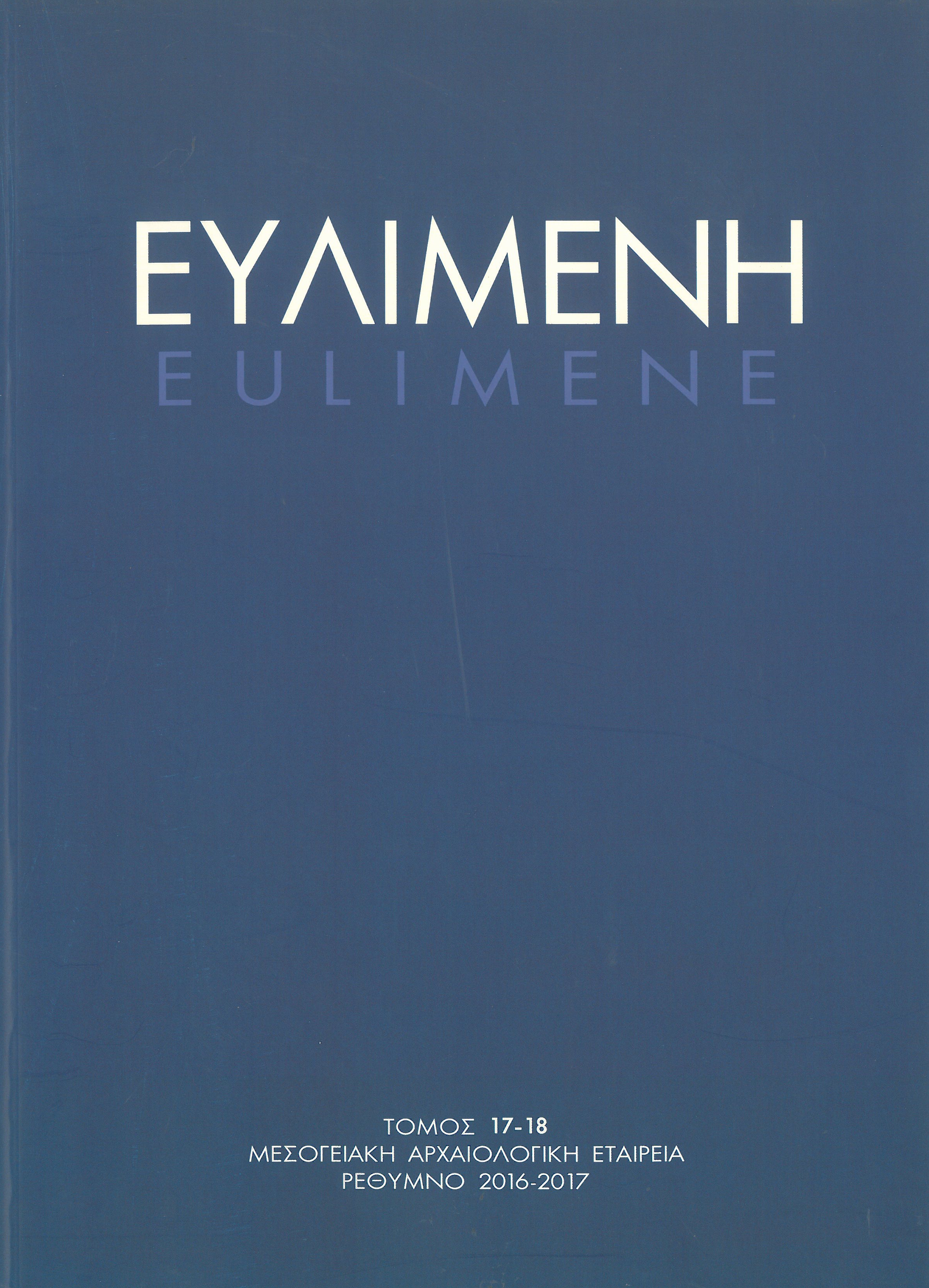Το νεκρομαντείο του Αχέροντα. Παλαιές ταυτίσεις, πρόσφατες θεωρίες, νέες ερμηνείες

Résumé
The Acheron Necromanteion: old identifications, recent theories, new interpretations. The present study re-examines the evidence concerning the use of the complex, which was excavated by Sotirios Dakaris on the hill of Mesopotamon in ancient Thesprotia and was identified with the Acheron Necromanteion. The complex was built in the end of the fourth and the beginning of the third century B.C., and consisted of a central three-aisled building with massive stone walls containing a main room and auxiliary chambers, an underground chamber underneath the main room -variously identified to a crypt, a cistern or a cellar-, three annex corridors and a later open courtyard surrounded by rooms. In 1978, the German archaeologist Dietwulf Baatz considered that the site was a fortified residence of a local ruler, also that the central building was a two-storied tower, where six catapults temporarily stood, in the times of the Roman invasion to Epirus (168/167 BC).
However, the architecture, the finds and the stratigraphy has proven that this is untenable. Similarly untenable are various alternative proposals regarding the function of the building, e.g. communal storage building, fortress. Thus, as it is supported by recent geological research, we have maintained the identification of this place with the Necromanteion. Furthermore, a new reconstruction of the ritual actions which were taking place there has been proposed, based on the recent studies which underline the sophisticated architecture of the underground chamber and its unique acoustic characteristics, similar to a modern anechoic chamber, which were certainly relevant to the necessities of the cult of the dead.
##plugins.themes.ekt-hometheme.article.details##
- Numéro
- EULIMENE 17-18 (2016-2017)
- Rubrique
- Articles
- Catégories
The copyright for articles in this journal is retained by the author(s), with first publication rights granted to the journal. Authors who submit articles to this journal confirm that third-party intellectual property rights are not violated in any way. By virtue of their appearance in this open access journal, articles can be used freely, with proper attribution, for educational and other non-commercial purposes. The Mediterranean Archaeological Society retains the right to publish papers that appear in EULIMENE in any form, including electronic, the journal may assume in the future. It also retains the right to deposit articles published in EULIMENE in its repository.





